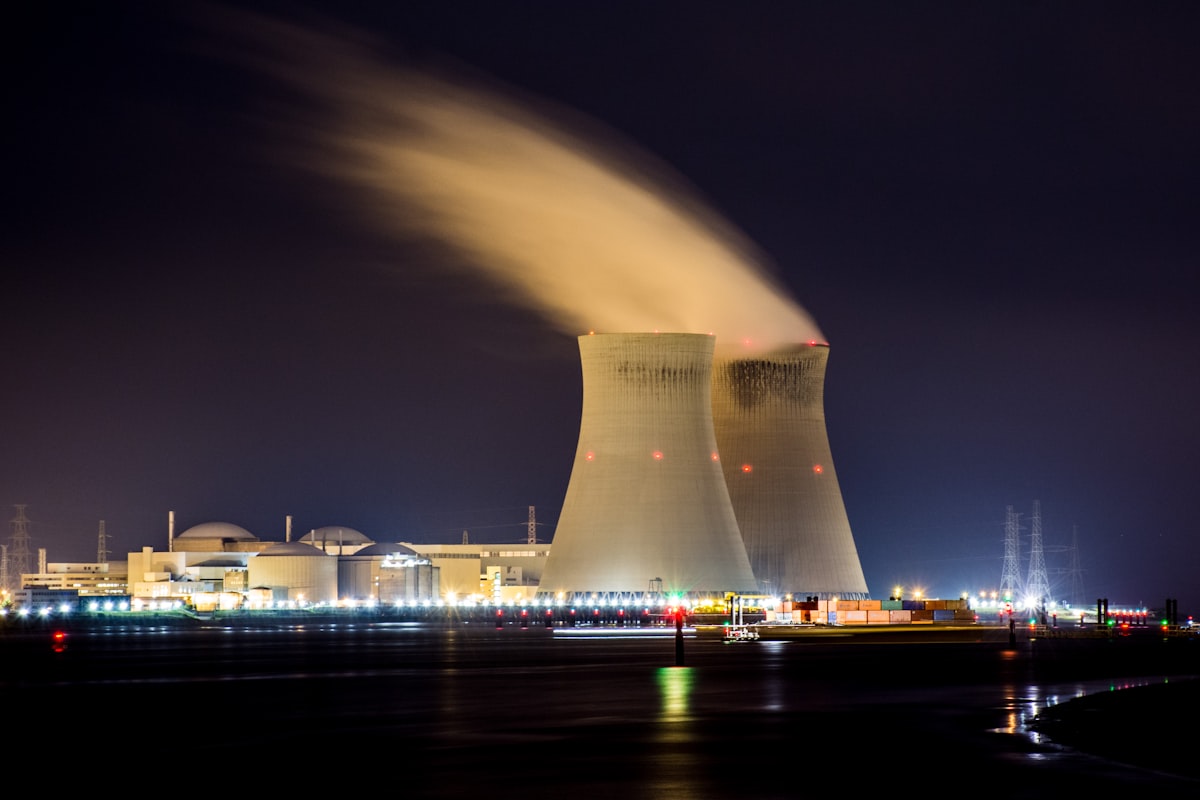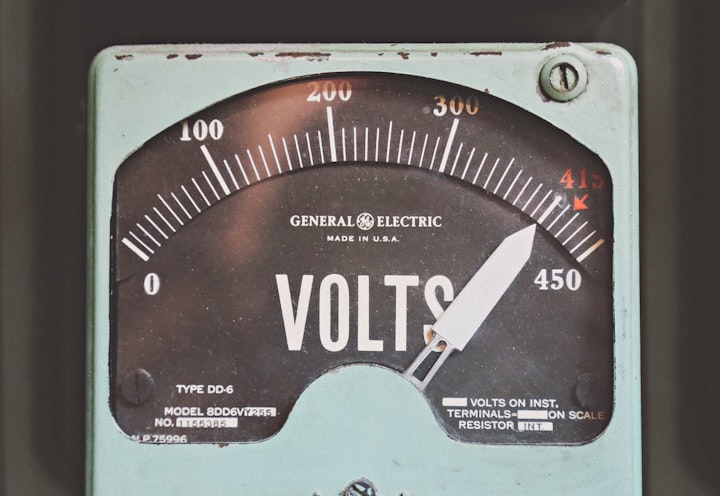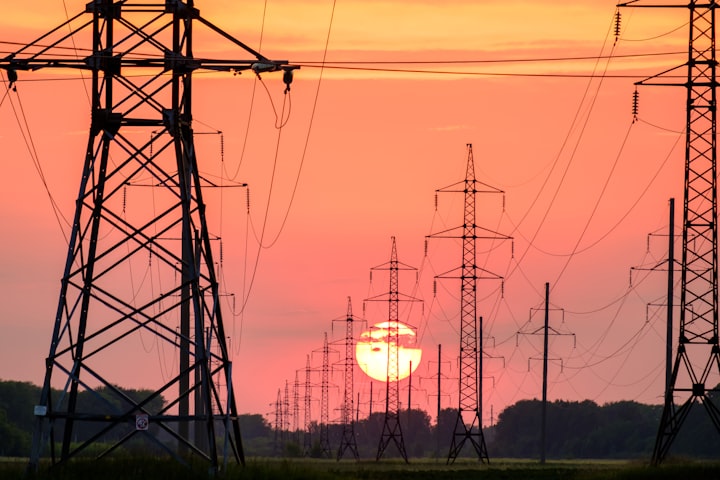U.S. Nuclear Energy
We take a look at nuclear power in the US
Wind, solar and battery technologies and funding have received much of the headline IRA focus, but the legislation provides significant support for nuclear energy - both for existing operating plants and advanced nuclear
Low-carbon nuclear energy provides reliable base load power but the question is at what cost to consumers
Nuclear energy has been significantly subsidized in the U.S. - both at the state and federal level. We take a look at some of the data to highlight opportunities and challenges
As always the charts are interactive
The Vision For Fission in the U.S.
92 nuclear reactors totaling 99,075 MW are currently operating in the U.S., with two reactors in the final construction stages (Vogtle, Georgia). The average age of operating reactors is 41 years.
Nuclear capacity represents 8% of total U.S. power capacity, 18% of trailing 12-month U.S. power generation and 46% of non-fossil power generation.
All operating U.S. nuclear reactors are shown below, broken down by form of state regulation.
23 reactors (>200MW) totaling 17,905 MW of nuclear capacity have been retired, representing 15% of originally installed U.S. nuclear capacity.
20 reactors totaling 20,901 MW - 21% of operating capacity - currently receive or received state subsidies in order to keep uneconomic plants running and/or to reduce state carbon emissions. Davis-Besse and Perry are on the map despite the subsidies being repealed following a pay-for-play political scandal.
Notably, all the facilities are in the deregulated or partially deregulated Northeast and Midwest.
The state subsidies totaled over $14 billion and were largely required due to low natural gas power prices setting marginal prices below the economic thresholds of these facilities.

Nuclear power is clean, stable and reliable but had a tough time competing with $2-3/MMBtu gas for many years in deregulated markets. State subsidies range from $9/MWHr to $17/MWHr.
Recent Legislation
As part of The Bipartisan Infrastructure Law, the Department of Energy (DOE) established a $6 billion fund to support the continued operation of nuclear reactors in the U.S. $2.5 billion of this funding was carved out for Advanced Reactor Demonstration Programs.
X-energy received $1.1 billion to demonstrate its advanced nuclear designs while TerraPower received upwards of $2 billion from the DOE from this and other funding programs. NuScale previously received cost-share totaling $1.4 billion from the DOE for its advanced reactor project under prior legislation and appropriations.
IRA
The Nuclear Energy Institute (NEI) summarized the benefits to U.S. nuclear energy from the IRA passage.
- Production Tax Credits (PTC) for operating plants. $15/MWHr credit for produced electricity beginning in 2024 and lasting through 2032. Nuclear facilities must meet prevailing wage requirements to receive the full credit rather than the $3/MWHr base credit.
- Technology-Inclusive PTC for Clean Power. Available for all advanced nuclear and power uprates placed into service in 2025 or after, with a value of $25/MWHr for the first ten years of operation.
- Investment Tax Credits (ITC). Up to 30% of investments in new zero-carbon electricity facilities placed in service after 2024. The ITC and PTC provisions include phase outs and bonuses for siting facilities in certain energy communities.
- Loan Guarantee Expansion. Up to $40 billion available through 2026.
- $700 million for low enrichment uranium R&D.
- Clean Hydrogen Credits.
- Extension of Advanced Energy Project Credits.
PTCs for nuclear have been available for years, including $18/MWHr for the first eight years of projects available from the 2005 Energy Policy Act. As the data indicates, nuclear power is highly valued in a low carbon world and U.S. nuclear projects and operating plants received significant state and federal grants and subsidies.
We do wonder why tens of billions in subsidies to nuclear facilities receive far less attention than wind and solar subsidies, but ultimately all forms of clean energy are needed to move to a lower carbon future.




